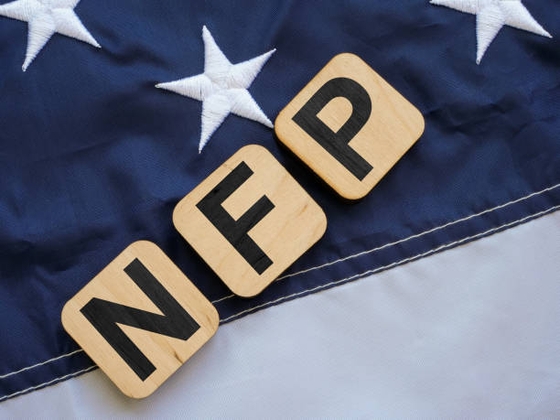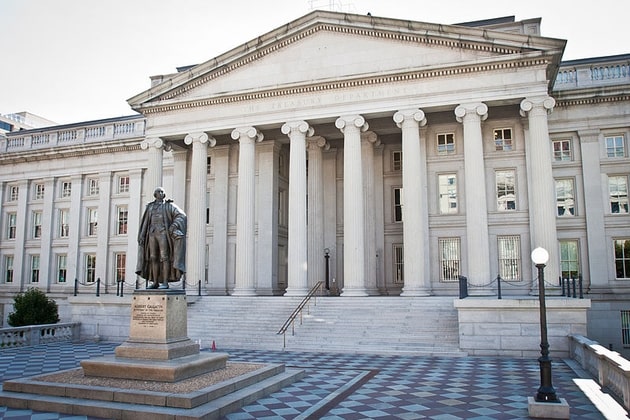- ไทย
- English
- 简体中文
- 繁体中文
- Tiếng Việt
- Español
- Português
- لغة عربية
การวิเคราะห์
A strong auction is typically a positive for sentiment, and possibly points towards further institutional buying in the secondary market if some missed out on buying at the auction if bids were not placed at a high enough level.
There are three main factors to watch when Treasury auction results are published, typically around 2 minutes after the sale concludes. These are, in order of importance:
- High Yield - when the auction’s High Yield (HY) is below the WI yield immediately before the bidding deadline, the sale is said to have ‘stopped through’ by whatever the difference, in bps, is between the two
- Bidder Allocations - if the HY is bang in line with the WI yield, the auction is said to have ‘stopped on the screws’
- Bid-to-Cover Data - were the auction’s HY to be above the WI yield prior to the sale, the auction is said to have ‘tailed’ by whatever the difference, in bps, is between the two
All of this information will be published by news wires, and is also often available via social media, a reputable audio squawk, or the Treasury website itself.
High Yield
This is the single most important indicator of whether demand at a particular auction was strong or weak, given that all US Treasury auctions are ‘Dutch’ in nature, meaning that any and all successful bidders end up paying the same price, and therefore receiving the same yield.
The key focus in terms of the high yield at an auction is how that figure compares to the ‘When Issued’ yield (WI yield) - i.e., the prevailing market yield of a particular security just before the auction bidding deadline (this is also known as the snap price).
When the auction results are published, there are three possible scenarios that may pan out:
- Stops Through
- Stops on the Screws
- Tails
Generally speaking, auctions that stop through by a significant amount are considered ‘strong’, while those with chunky tails are considered ‘weak’. However, these concepts must be considered in line with how previous auctions of the same term have faded, whereby auctions that stop through by a greater amount than the prior auction of the same security are considered even stronger.
Allocations
Buyers at US Treasury auctions are split into 3 categories:
- Indirect - any bidders buying through an intermediary, including foreign and international monetary authorities and central banks; this is often seen as a proxy for demand from foreign accounts
- Direct - any non-primary dealer financial institution, within the US, bidding directly on the auction for bonds to be held on their own account; an indicator of ‘real money’ demand, hence a higher % allocation is a positive
- Primary Dealers - primary dealers bidding on their own account; the lower the % allocation the better, as a more significant allocation may indicate a need to backstop the auction, amid reduced demand from direct & indirect participants
Bid-to-Cover Ratio
This is simply calculated as the number of bids placed in the auction vs. the amount of bonds that were ultimately sold.
Crudely, one can state that the higher the bid-to-cover ratio, the better the auction, due to the perceived greater demand for the bonds on offer.
However, the bid-to-cover ratio can be easily manipulated by dealers submitting bids that are significantly below the expected auction price of the bond being sold, knowing that their bids won’t get filled, in an attempt to create an optical illusion whereby demand for the bond in question looks significantly higher than it is in reality. For this reason, bid-to-cover is best ignored.
Related articles
เนื้อหาที่ให้ไว้ในที่นี้ไม่ได้จัดทำขึ้นตามข้อกำหนดทางกฎหมายที่ออกแบบมาเพื่อส่งเสริมความเป็นอิสระของการวิจัยการลงทุน และด้วยเหตุนี้จึงถือเป็นการสื่อสารทางการตลาด แม้ว่าจะไม่อยู่ภายใต้ข้อห้ามใดๆ ในการจัดการก่อนการเผยแพร่การวิจัยการลงทุน แต่เราจะไม่แสวงหาผลประโยชน์ใดๆ ก่อนที่จะส่งมอบให้กับลูกค้าของเรา








